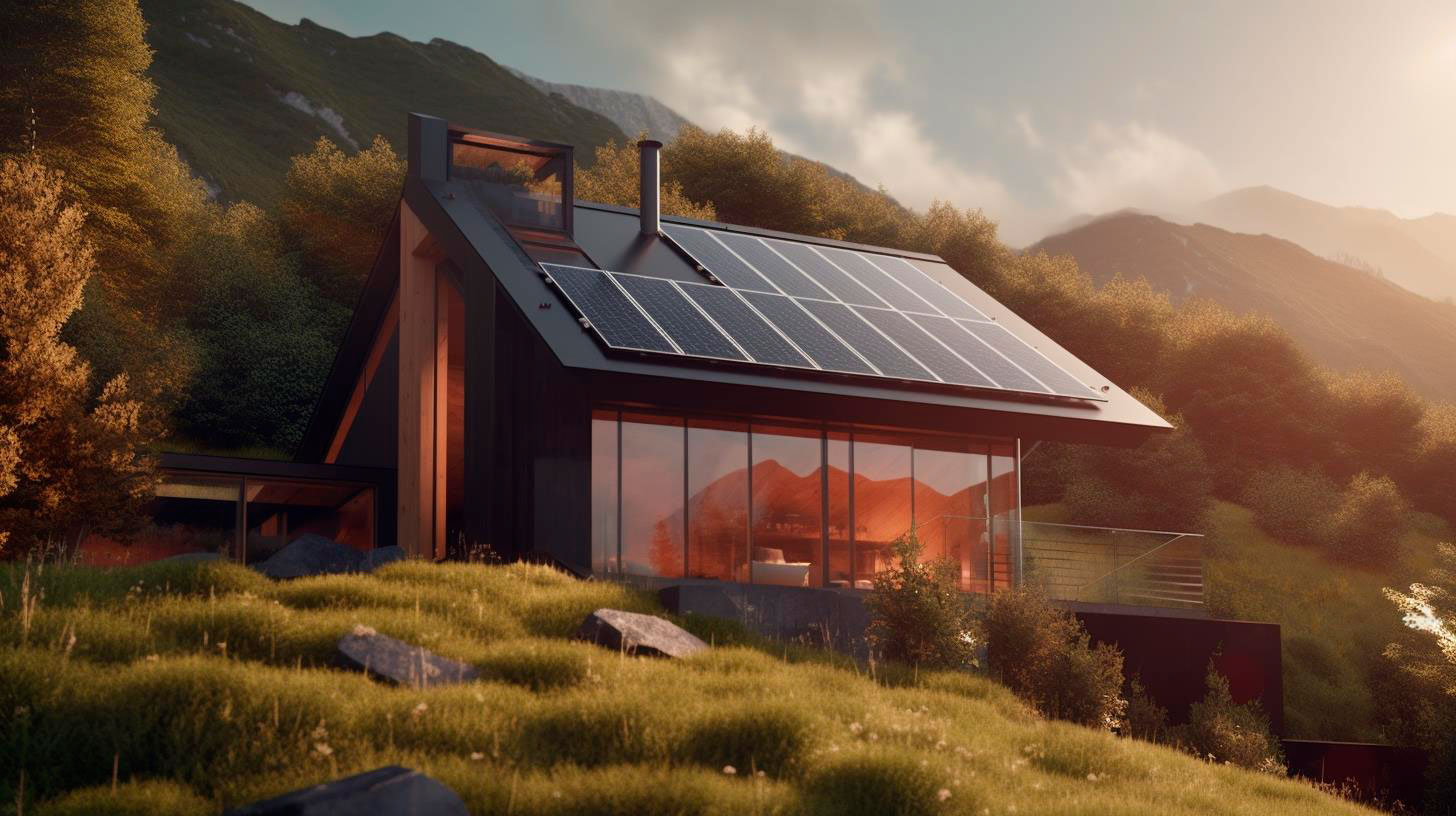Green Lighting Transforming Spaces with Energy-efficient Solutions
Energy-efficient lighting not only reduces electricity consumption but also minimizes environmental impacts. In this article, we will explore the benefits, features, and key takeaways of green lighting solutions, and how they have transformed spaces around the world.
The Benefits of Green Lighting
Switching to green lighting offers numerous advantages that go beyond energy-efficiency. Let’s explore some of the key benefits:
- Energy Savings: Green lighting solutions consume significantly less energy compared to traditional lighting methods. According to the U.S. Department of Energy, energy-efficient lighting technologies such as LED can save up to 75% of energy compared to traditional incandescent bulbs.
- Longer Lifespan: Green lighting solutions have a longer lifespan compared to traditional bulbs, reducing the frequency of replacements and lowering maintenance costs.
- Environmentally Friendly: Energy-efficient lighting produces fewer greenhouse gas emissions, reducing environmental impact and contributing to a greener future.
- Enhanced Quality: Green lighting solutions provide high-quality lighting, improving visibility, reducing eye strain, and creating a more comfortable environment.
- Cost Savings: While green lighting solutions may have a higher initial cost, the long-term energy savings and reduced maintenance expenses result in significant cost savings over time.
Features of Green Lighting Solutions
To better understand the impact of green lighting on spaces, it’s essential to explore the features that make these solutions stand out:
- LED Technology: Light Emitting Diode (LED) technology is one of the most popular green lighting options. LEDs consume less energy, produce little heat, and have a longer lifespan compared to traditional bulbs.
- Smart Lighting Controls: Green lighting solutions often incorporate smart controls that allow users to adjust lighting levels, timings, and even color temperatures according to their needs. This flexibility maximizes energy savings without compromising on lighting quality.
- Daylight Harvesting: Some green lighting systems utilize daylight harvesting technology, which automatically adjusts artificial light levels based on the amount of natural light available. This optimization ensures that energy is used efficiently while maintaining optimal lighting conditions.
- Occupancy Sensors: Green lighting solutions often incorporate occupancy sensors that detect movement and adjust lighting accordingly. This feature is particularly useful in spaces where lights are frequently left on when not in use.
- Integration with Smart Building Systems: Green lighting solutions can seamlessly integrate with other smart building systems such as HVAC and security, allowing for centralized control and optimization of energy consumption throughout the entire space.
Key Takeaways
Green lighting solutions have transformed spaces worldwide, offering significant benefits in terms of energy efficiency, cost savings, and environmental impact. Here are the key takeaways from this article:
- Green lighting solutions contribute to energy savings of up to 75% compared to traditional lighting.
- Longer lifespan and reduced maintenance costs are among the advantages of green lighting solutions.
- Environmentally friendly lighting options minimize greenhouse gas emissions.
- Enhanced lighting quality improves visibility and comfort in spaces.
- Smart lighting controls and features like daylight harvesting and occupancy sensors maximize energy efficiency.
In conclusion, green lighting solutions have revolutionized the lighting industry, offering energy-efficient alternatives that significantly reduce environmental impact and save costs. With their advanced features and numerous benefits, green lighting solutions are transforming spaces into more sustainable and comfortable environments.
For more information on green lighting, visit the U.S. Department of Energy.
